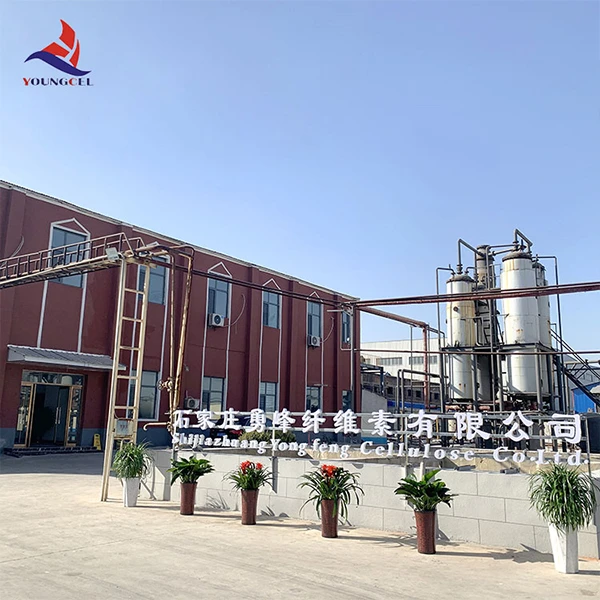The Chemicals Used in Paints An Overview
Paint is an essential component of modern living, playing a crucial role in both aesthetics and protection. It is used in a myriad of applications, from residential and commercial buildings to automobiles and art. However, the vibrant hues and glossy finishes that we often take for granted are the result of complex chemical formulations. This article will explore the different types of chemicals used in paints, their functions, and the implications for health and the environment.
Types of Paints
Before delving into the chemicals themselves, it's important to understand the primary types of paints. The two most common categories are water-based (latex) paints and solvent-based (oil) paints. Each type uses different chemicals, impacting everything from drying time to finish quality.
Key Ingredients in Paint
1. Pigments These are the colorants of paint, responsible for the visual appeal. Pigments can be organic or inorganic. Organic pigments, such as those derived from plants or synthetic compounds, offer bright colors but may not be as stable in terms of lightfastness. Inorganic pigments, like titanium dioxide and iron oxides, are prized for their durability and opacity.
2. Binders Binders, also known as resins, are crucial for holding the pigment particles together and providing adhesion to the painted surface. In water-based paints, acrylic or vinyl resins are commonly used, while alkyd resins are typical in solvent-based paints. The choice of binder affects the paint's finish, durability, and resistance to environmental factors.
chemicals used in paints

3. Solvents Solvents are liquids that enable the paint to flow and spread. In water-based paints, water serves as the primary solvent, while in solvent-based paints, organic solvents like mineral spirits or turpentine are employed. Solvents also evaporate as the paint dries, altering the paint's consistency and finish.
4. Additives Various additives enhance paint performance, including thickeners, stabilizers, and biocides. Thickeners improve the paint's viscosity, making it easier to apply. Stabilizers help maintain a uniform mixture, preventing separation. Biocides inhibit mold and mildew growth in the paint, especially crucial in high-moisture environments.
Environmental and Health Considerations
The chemicals used in paints can pose significant health and environmental risks. Traditional solvent-based paints contain volatile organic compounds (VOCs), which can evaporate into the air and contribute to air pollution and respiratory problems. Long-term exposure to these compounds can lead to serious health issues, including headaches, dizziness, and even damage to the liver and kidneys.
In response to growing health and environmental concerns, the paint industry has seen a shift towards low-VOC and zero-VOC formulations. Water-based paints are increasingly popular due to their safer chemical profile. However, consumers must remain vigilant, as low-VOC does not always mean non-toxic.
Conclusion
Understanding the chemicals used in paints is crucial for making informed choices, whether you’re a homeowner planning a renovation or an artist seeking the best materials for your work. While paints are fundamental to many aspects of life, it is vital to consider the implications for health and the environment. With the rise of eco-friendly alternatives and stricter regulations on harmful substances, there is a growing movement towards safer, more sustainable paints. As we become more aware of these issues, the paint industry is likely to continue evolving, creating products that not only beautify our spaces but also protect our health.
-
Rdp Powder: Key Considerations for Wholesalers in the Building Materials IndustryNewsJul.08,2025
-
Key Considerations for Wholesalers: Navigating the World of Hpmc - Based ProductsNewsJul.08,2025
-
Hpmc Detergent: Key Considerations for WholesalersNewsJul.08,2025
-
Key Considerations for Wholesalers: China Hpmc For Tile Adhesive, Coating Additives, Concrete Additives, and MoreNewsJul.08,2025
-
Crucial Considerations for Wholesalers: Navigating the World of Construction MaterialsNewsJul.08,2025
-
Key Considerations for Wholesalers Sourcing Additive For Cement, Additive For Concrete, Additive For Putty from Additive Manufacturer Shijiazhuang Gaocheng District Yongfeng Cellulose Co., Ltd.NewsJul.08,2025




